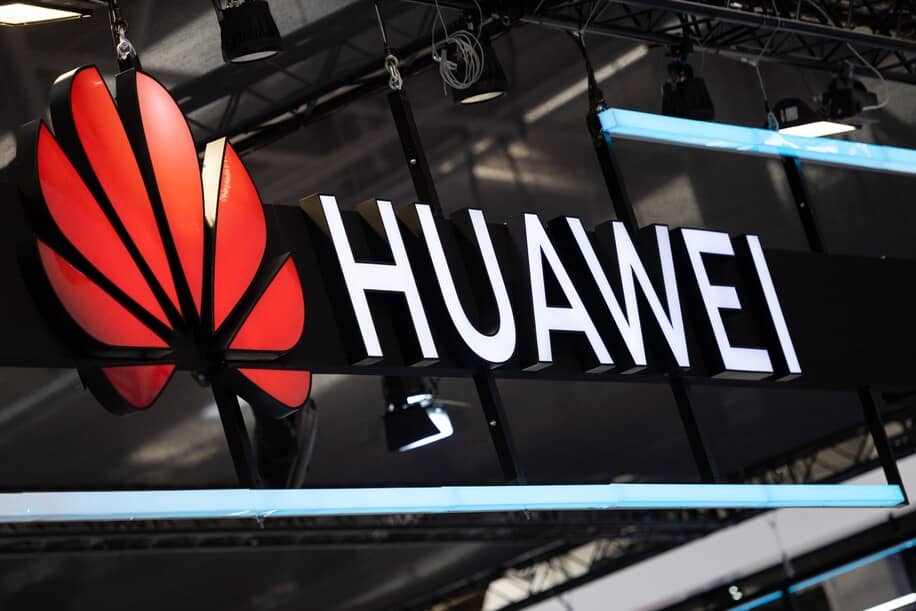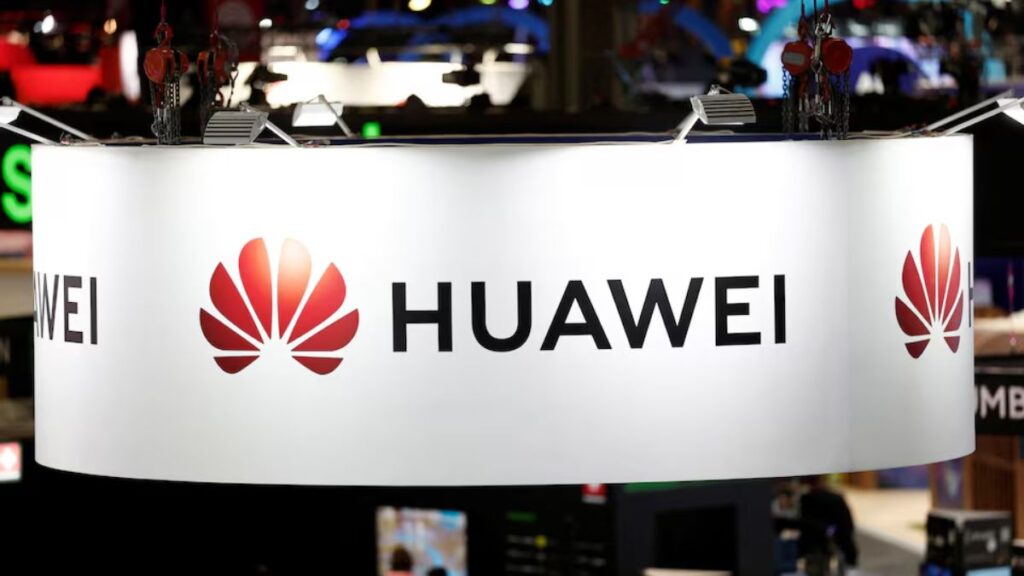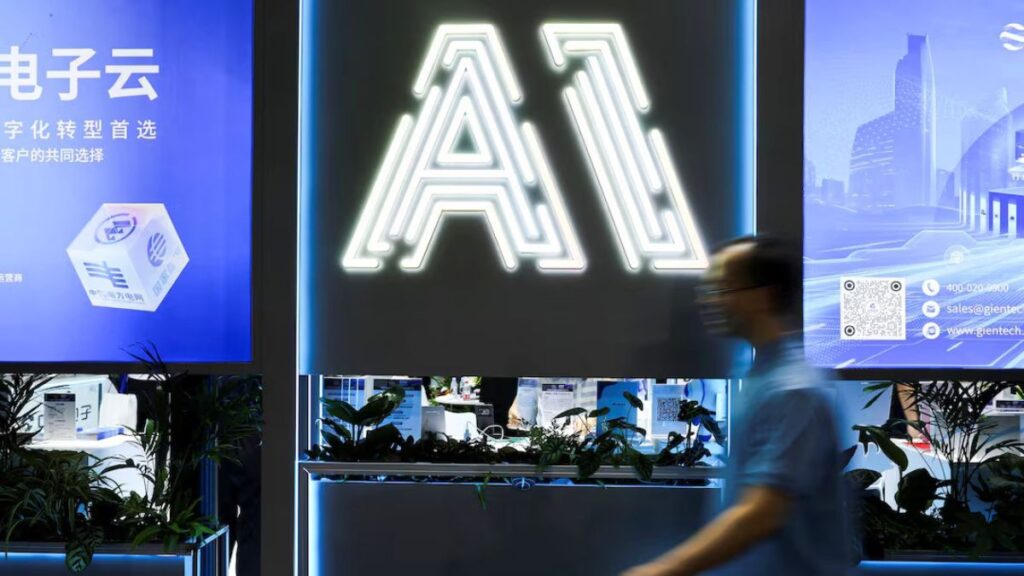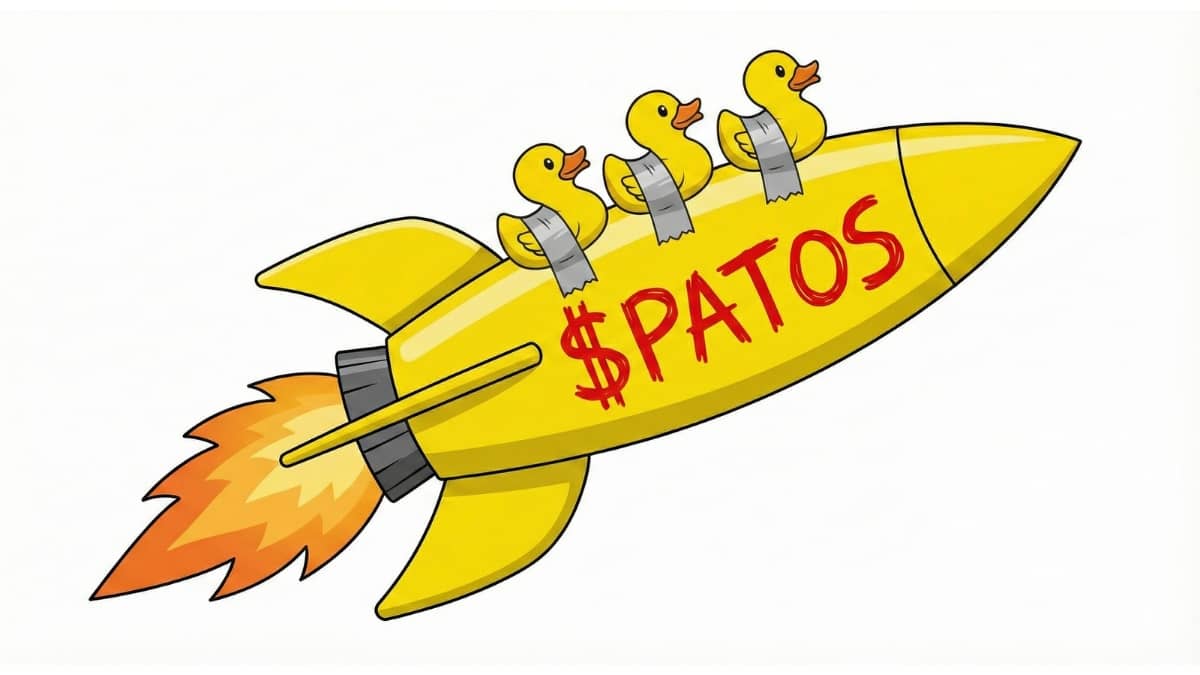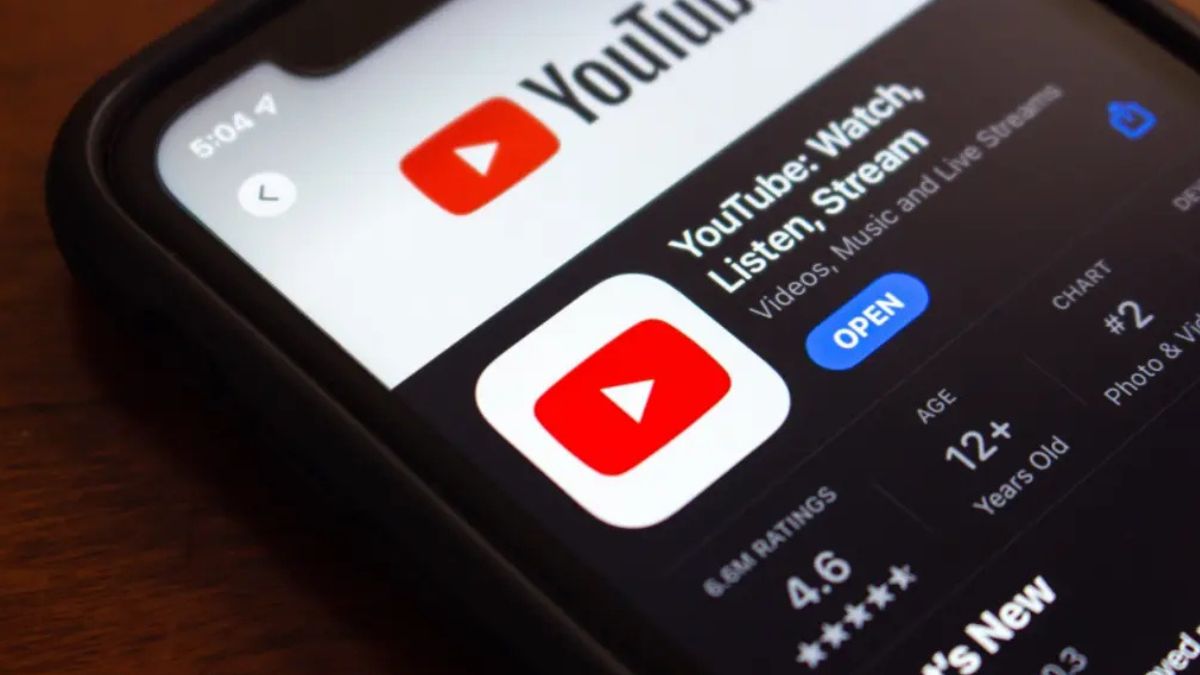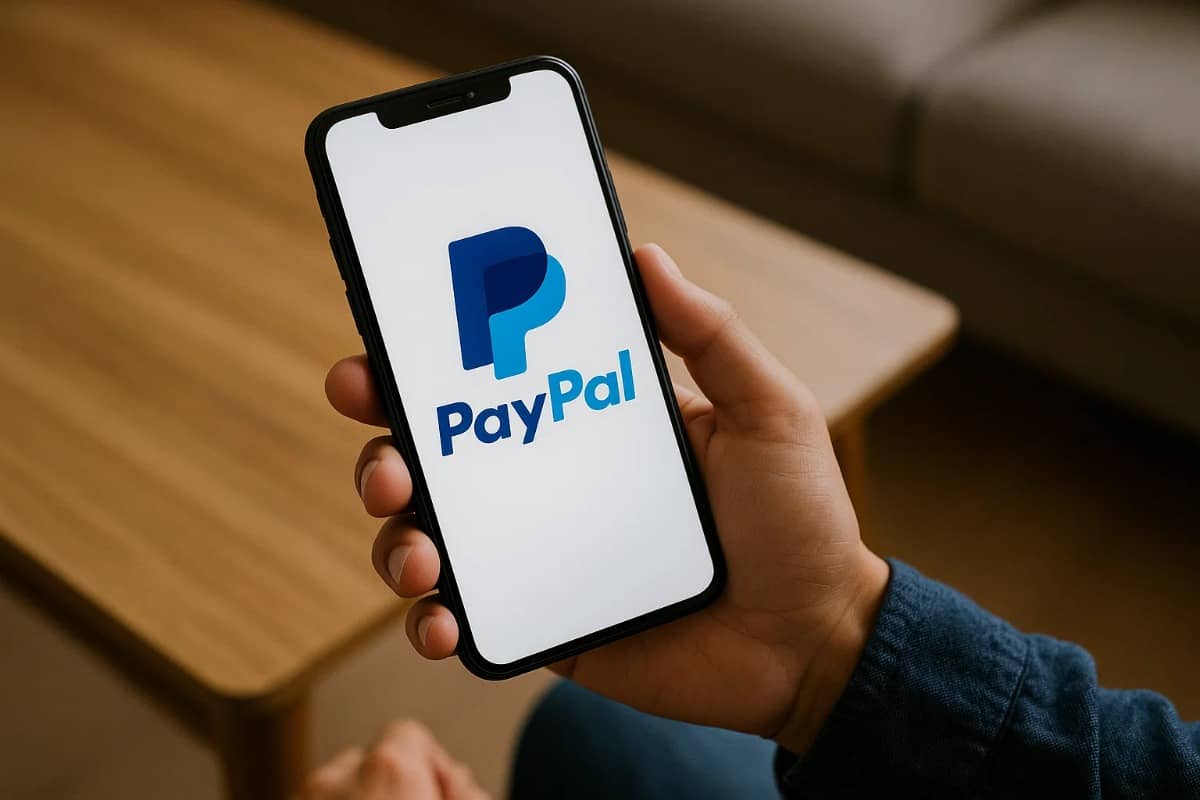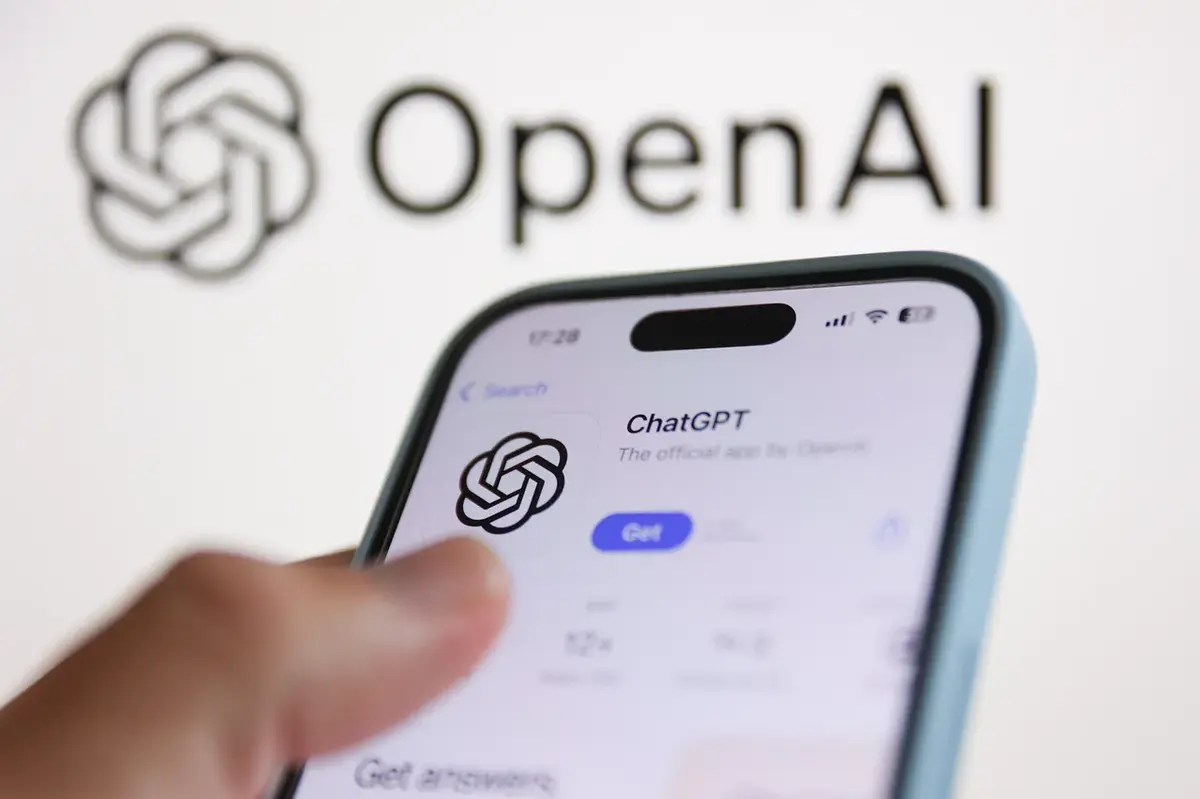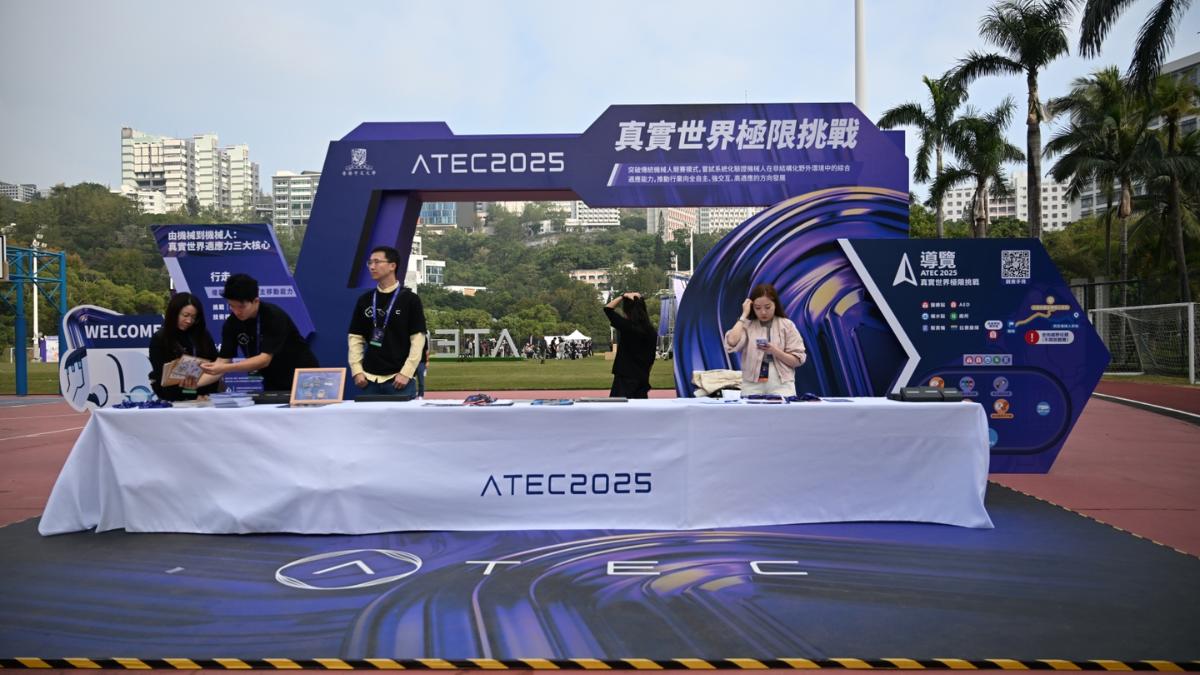Huawei’s re-entry into the Chinese 5G smartphone market has intensified competition, particularly in the high and mid-range segments, according to Hu Bashan, Vice President of Vivo.
The brand’s return has become a significant talking point, reshaping consumer preferences and market dynamics.
AI’s Role in Smartphones
Speaking to the media, Hu Bashan highlighted the evolving role of generative AI in smartphones.
While AI tools like image object removal and enhanced security features are gaining traction, Hu predicts that AI will take another 5-6 years to become a fundamental driver of the smartphone market.
He outlined three stages of AI integration:
- Current Stage: AI tools that enhance user creativity and security.
- Next Stage: Integration of AI with operating systems for personalized user experiences.
- Future Stage: High-performance hardware capable of server-level computing to fully utilize AI capabilities.
Hu noted that current chipsets lack the required computing power for this advanced stage, but improvements in SoC architecture could bridge this gap in the next five years.
Huawei’s Market Impact
Hu Bashan acknowledged Huawei’s return as the biggest market shift this year. The company’s focus on innovation and quality has reignited consumer interest, challenging competitors to enhance their offerings.
“The return of Huawei mobile phones has become the biggest variable in the Chinese mobile phone market. In essence, it wants to take back the market share that should belong to it,” Hu stated.
Competition Among Key Players
China’s smartphone market now features six major players, each striving to define its path and goals.
Hu predicts that these efforts will elevate competition further within 2-3 years, driving innovation and growth in the industry.
Huawei’s resurgence has undoubtedly added a new layer of complexity to the Chinese smartphone landscape, pushing brands like Vivo to adapt and innovate to maintain their competitive edge.

